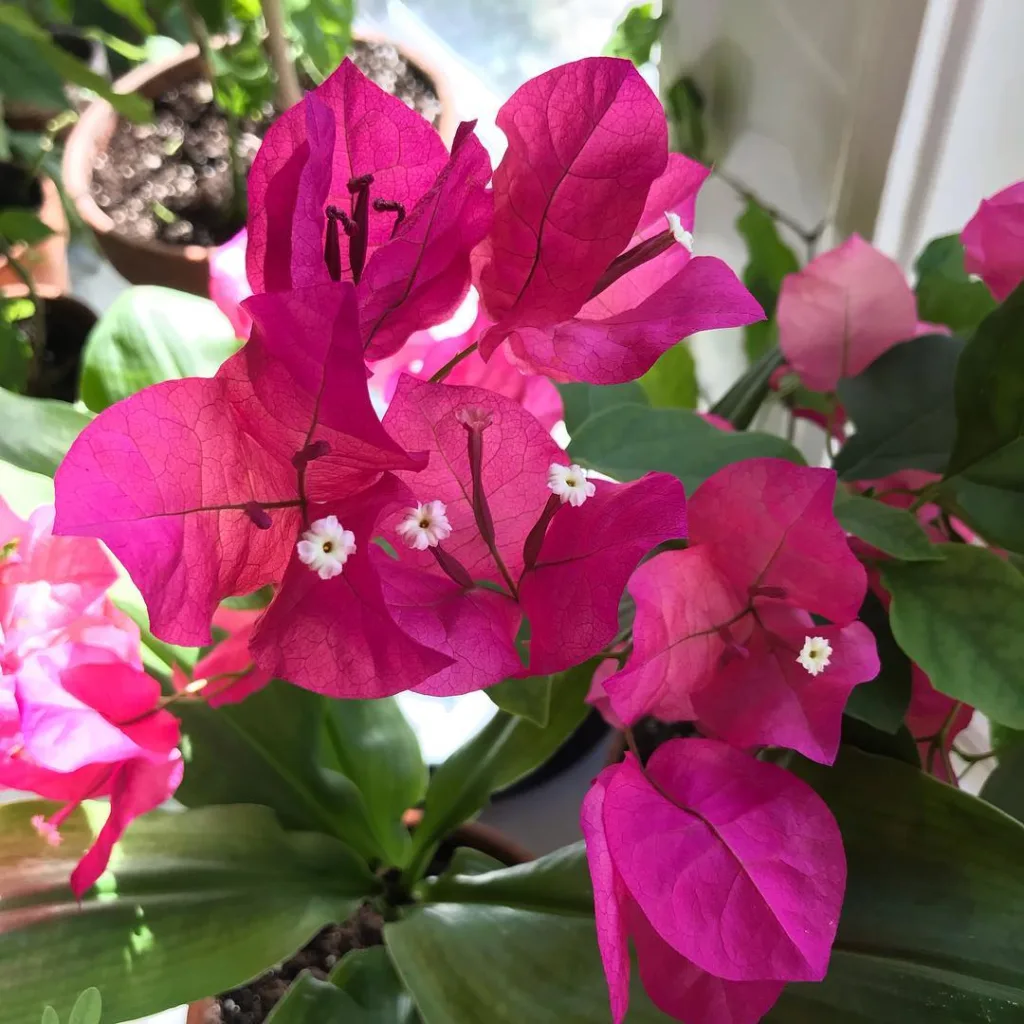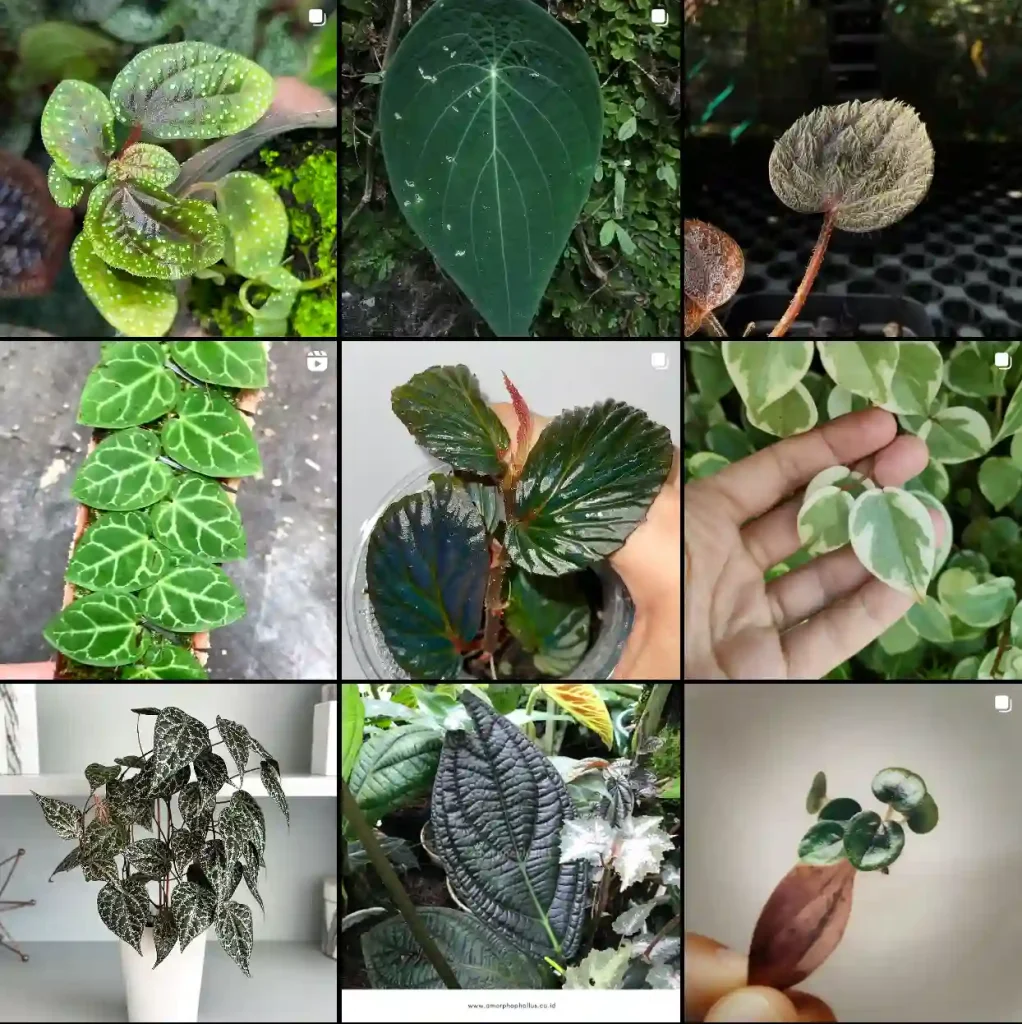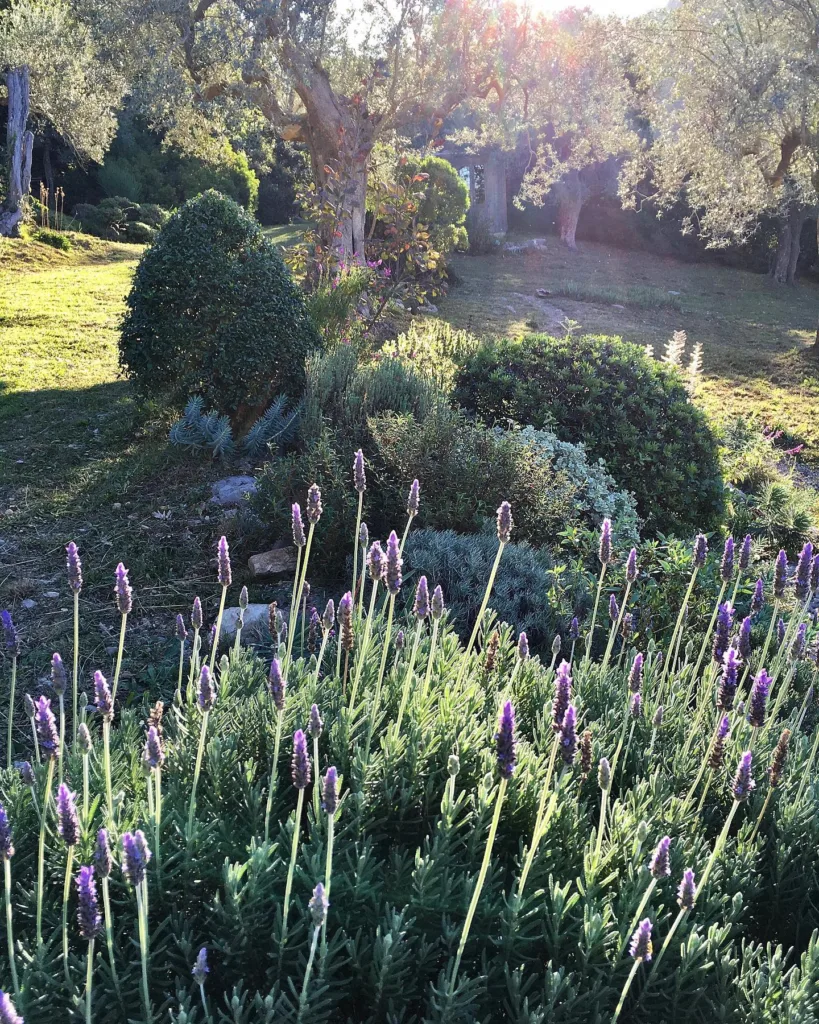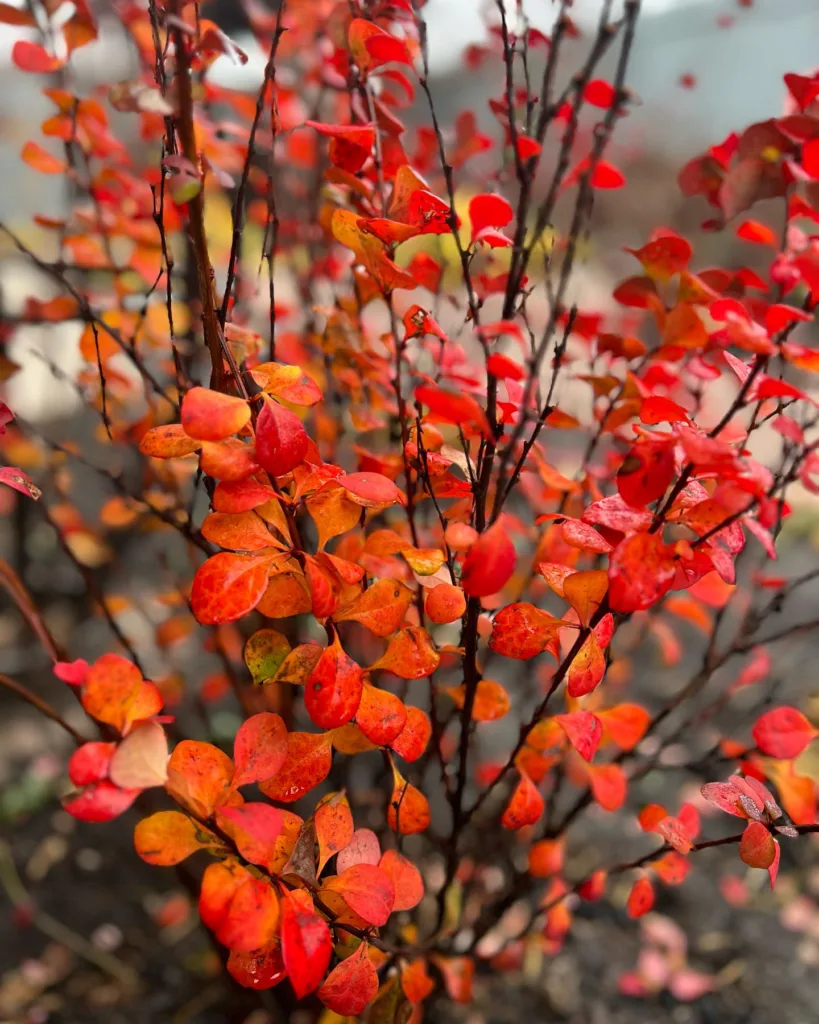
Podocarpus Gracilior vs Henkelii
I love the graceful, weeping habit of Podocarpus Gracilior, especially how it adds a touch of elegance to my garden. Podocarpus Henkelii, on the other hand, caught my attention with its more compact growth and glossy foliage, which really stands out in more shaded areas.
Podocarpus Gracilior vs Macrophyllus
Podocarpus Gracilior has been a reliable choice for creating privacy screens in my yard; its slender leaves and dense growth provide excellent coverage. Macrophyllus, with its broader leaves and more upright form, offers a different texture and works beautifully as a backdrop plant in larger garden beds.
117 Species in Genus Podocarpus
How far apart to plant Podocarpus gracilior?
Podocarpus gracilior, also known as Fern Pine, should be planted about 3 to 4 feet apart if you are creating a hedge or screen. This spacing allows the plants to grow together and form a dense barrier over time. For standalone trees, spacing them 10 to 15 feet apart is ideal to allow them to develop their full canopy.
How fast does Podocarpus gracilior grow?
Podocarpus gracilior has a moderate growth rate, typically growing about 12 to 24 inches per year under optimal conditions. It can grow faster in warm climates with well-draining soil and adequate moisture.
Is Podocarpus gracilior poisonous to dogs?
Podocarpus gracilior is considered toxic to dogs. Ingesting parts of the plant can cause vomiting, diarrhea, and other gastrointestinal issues in pets. It’s best to keep this plant out of reach of dogs to prevent accidental ingestion.
Can you grow Podocarpus gracilior in a raised bed?
Yes, you can grow Podocarpus gracilior in a raised bed. Ensure that the raised bed has good drainage and is filled with a well-draining soil mix. Raised beds can be particularly useful in areas with poor soil quality, as they allow you to control the soil environment better.
How complex is the Podocarpus gracilior root system?
Podocarpus gracilior has a relatively non-invasive root system compared to other trees. Its roots are generally not known to cause damage to structures or pipes, making it a good choice for planting near buildings or in smaller gardens.
How to fertilize Podocarpus gracilior?
Fertilize Podocarpus gracilior in the spring and early summer using a balanced, slow-release fertilizer. Apply according to the package instructions, typically spreading it evenly around the base of the plant and watering it in well. Avoid fertilizing late in the season to prevent new growth that could be damaged by cold weather.
How to propagate Podocarpus gracilior?
Podocarpus gracilior can be propagated from cuttings. Take semi-hardwood cuttings in late summer:
- Cut a healthy stem about 4-6 inches long.
- Remove the lower leaves and dip the cut end in rooting hormone.
- Plant the cutting in a pot filled with a well-draining mix of peat and perlite.
- Keep the soil moist and place the pot in a warm, bright location out of direct sunlight.
- Roots should develop in a few weeks to a few months.
How to prune Podocarpus gracilior?
Prune Podocarpus gracilior in late winter to early spring before new growth begins. Remove any dead, diseased, or damaged branches. Thin out crowded areas to improve air circulation and shape the plant to your desired form. Regular pruning helps maintain a dense, attractive appearance.
Is Podocarpus gracilior poisonous?
Yes, Podocarpus gracilior is considered poisonous if ingested. It contains toxic compounds that can cause gastrointestinal distress in humans and animals. Handle with care and keep away from pets and children.
What is the difference between Podocarpus gracilior and Henkelii?
Podocarpus gracilior (Fern Pine) and Podocarpus henkelii (Henkel’s Yellowwood) differ mainly in leaf appearance and growth habit. P. gracilior has narrower, more fern-like leaves, while P. henkelii has broader, lance-shaped leaves. P. henkelii also tends to have a more upright growth habit compared to the slightly more spreading form of P. gracilior.
When to trim Podocarpus gracilior?
Trim Podocarpus gracilior in late winter or early spring before new growth starts. This timing minimizes stress on the plant and encourages robust new growth. Light trimming can also be done throughout the growing season to maintain shape.
Where to buy Podocarpus gracilior?
Podocarpus gracilior can be purchased from local nurseries, garden centers, or online plant retailers. Look for reputable sellers to ensure you get healthy, well-established plants.
If i die, water my plants!



